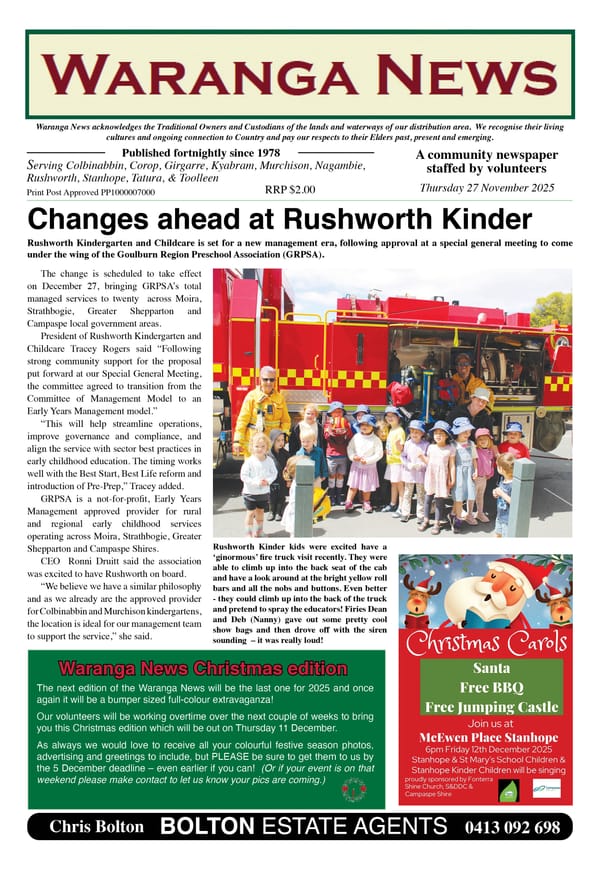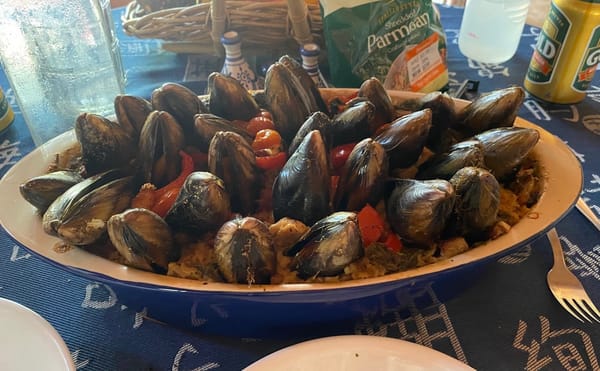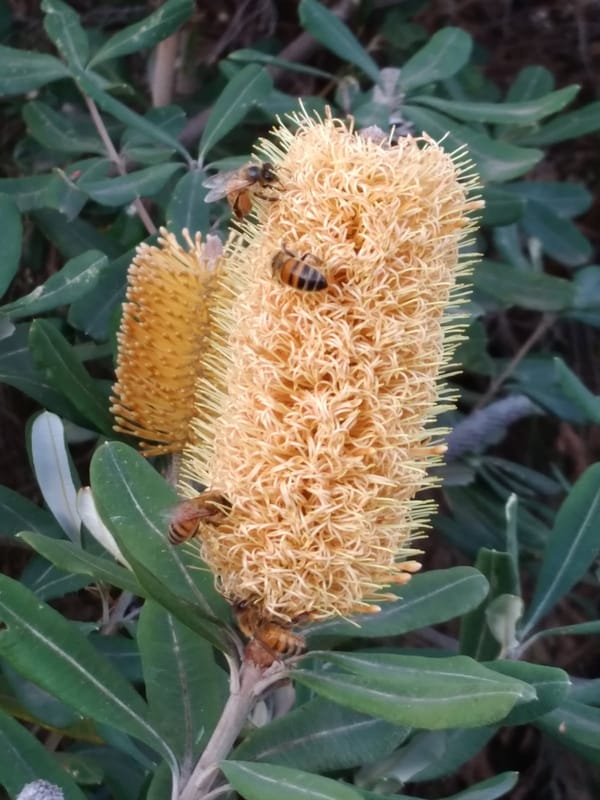Spring is in the air

As each day passes subtle hints of spring bring promise of longer days and new life to come. Welcome warmth from the late winter sun begins to melt away the icy nights more quickly and the fresh mornings inspire urgency to be busy, to prepare for the season to come. Spring and summer are our most hectic seasons at Bohollow particularly at our Bunbartha shelter, so now we are trying to prepare before the majority of our time turns into caring for the influx of baby birds who will soon need our help. Once the nesting season begins, suddenly I become time poor to put the work into all the behind the scenes maintenance work which keeps everything functioning as smoothly as possible. So now I am akin to an expectant mother desperately attempting to get her affairs in order in time, the difference being that although I can predict the busy season based on observing the activities of the plants, wildlife and insects around me, I never quite know when things will get crazy. When they do it usually starts with a bang that reverberates all the way to March next year.

Our resident breeding pair of ravens are already nesting. The welcome swallows suddenly appeared, swooping excitedly around their familiar nesting sites on the house verandahs and the shed. The ancient arms of the old grey box tree beside my room is filled with the chatter and yowls of wood ducks each morning as though in deep discussion of who is going to place precious eggs in what particular hollow. The masked lapwings are congregating in formidable pairs in paddocks, nature strips, school ovals and parking lots. Everything is getting excited.
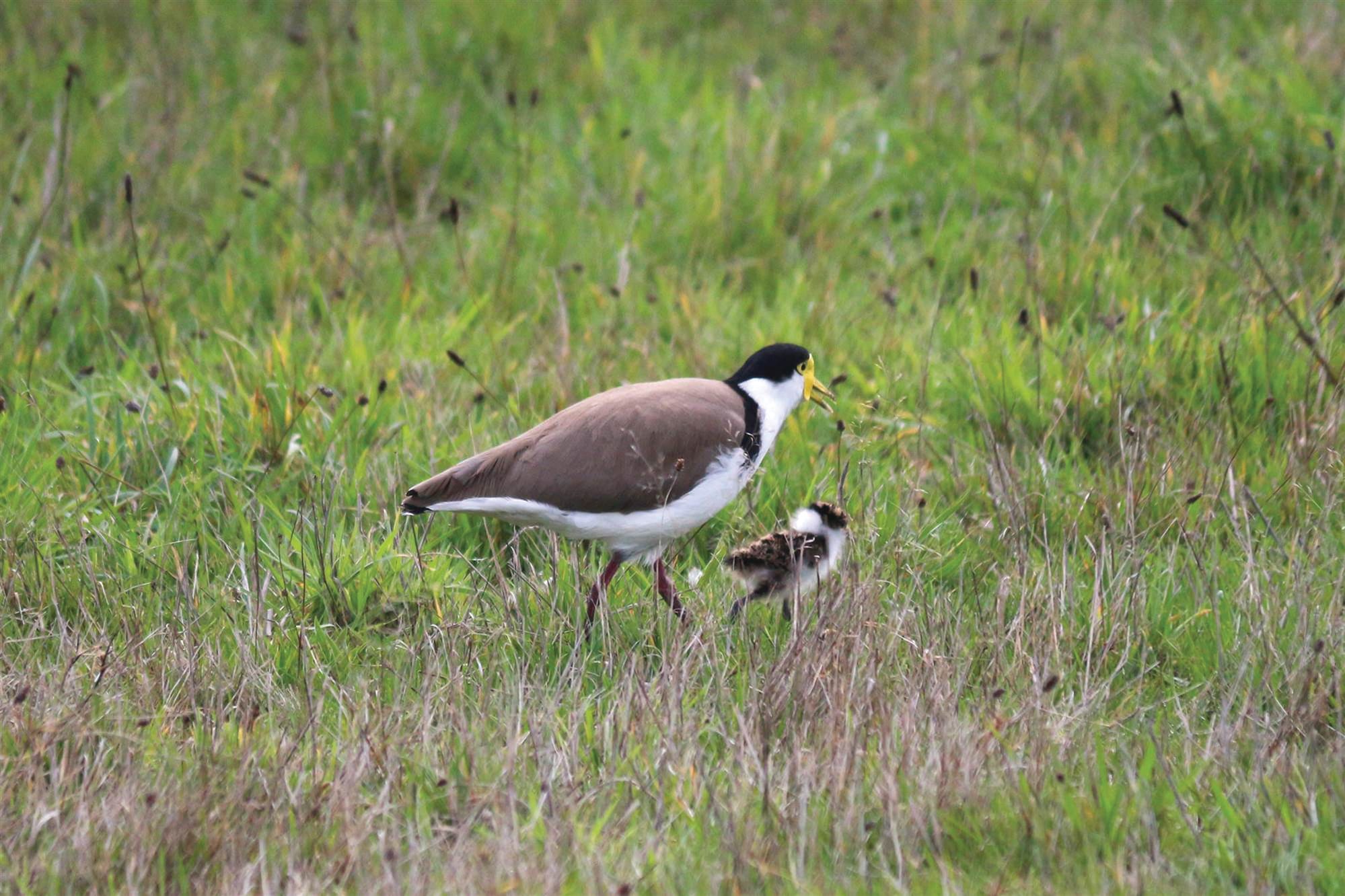
Hollows are being inspected, renovated and fought over. Tensions have been building between that of their own kind as even non-territorial birds transform into fierce defenders of nesting rights.
It is from this time of year, more birds get hit by vehicles on our roads. Courting, breeding and nesting takes precedence. Our feathered friends are so preoccupied and busy with all the things that must take place for them to have a successful breeding season, unfortunately any road sense they may usually appear to have, seems to get lost in their determined singular focus.
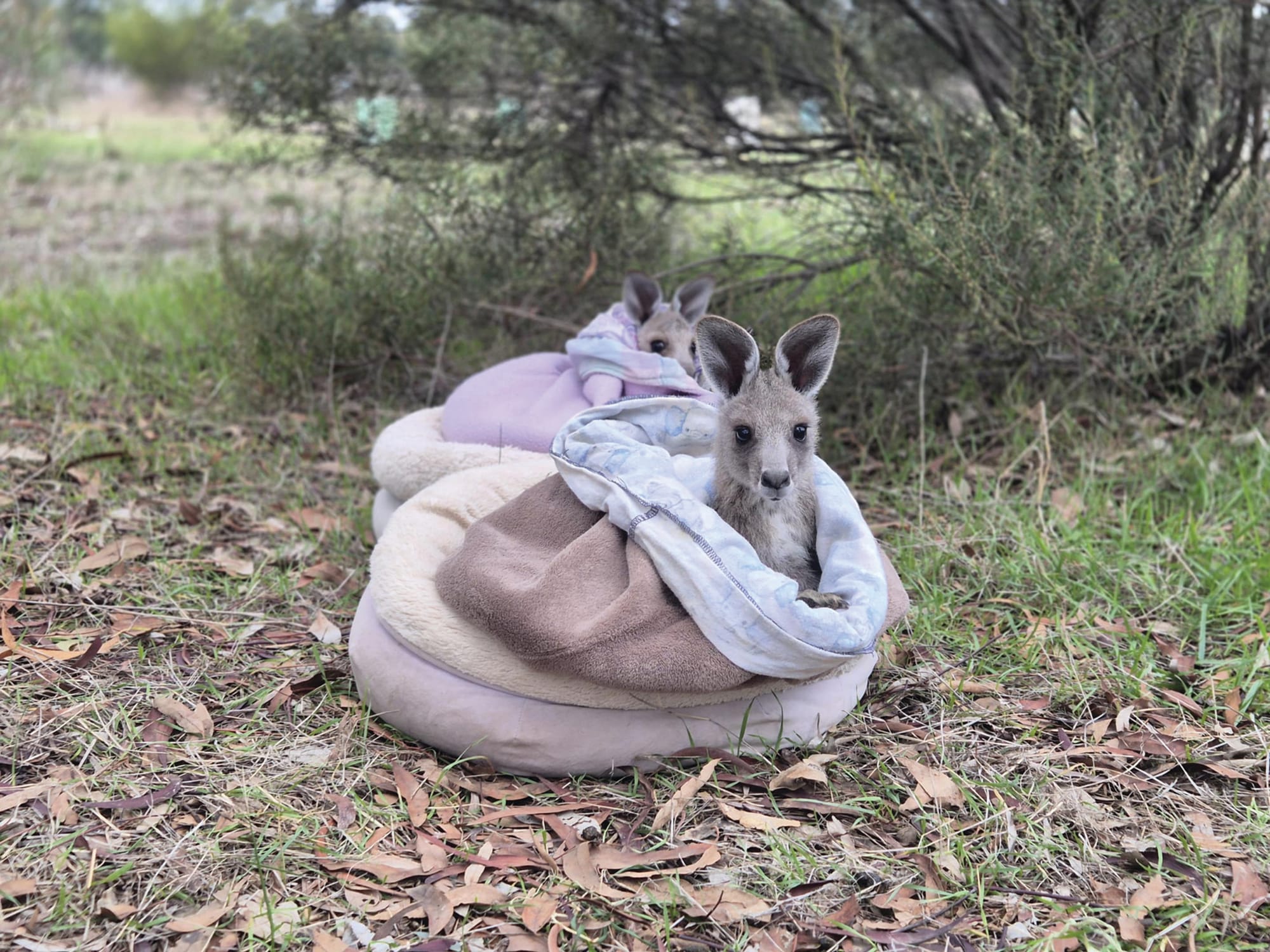
Many of our old growth trees and vegetation which contain the necessary habitat for nesting such as hollows and dense understory, exists on roadsides. Often, these places are the only suitable nesting spots in areas where native vegetation is scarce and surrounded by urban sprawl or cleared paddocks.
We should always be vigilant on our roads watching for wildlife, but the numbers who get hit on our roads begins to climb now, we’ve seen it already starting and it always gets worse. Slow down. Keep an eye out on the roadsides. Once birds are feeding young in nests, the urgency to return with food to a begging babe is so strong that they seem to take more risks or even forget about the danger of our roads. The sad thing is if we hit a critter at this time of year, it may leave more than one victim. Even if we are able to rehabilitate a bird, during the nesting season, chicks may starve.
It gets worse once chicks begin to hatch and fledge. Young birds are not yet privy to the perils of people, vehicles and roads. They are like toddlers learning to cross a street without having a hand to hold onto. They need more reaction time, do not expect them to move in time like an adult bird may. Horns are an awesome tool to help persuade them to move when you see a bird on the road. This also can teach youngsters.
The currawongs are restless for their journey back to higher country, the call to nest is pulling them. I will miss their call during the warmer months but there is no shortage of bird song surrounding me and for that, I am ever grateful.

